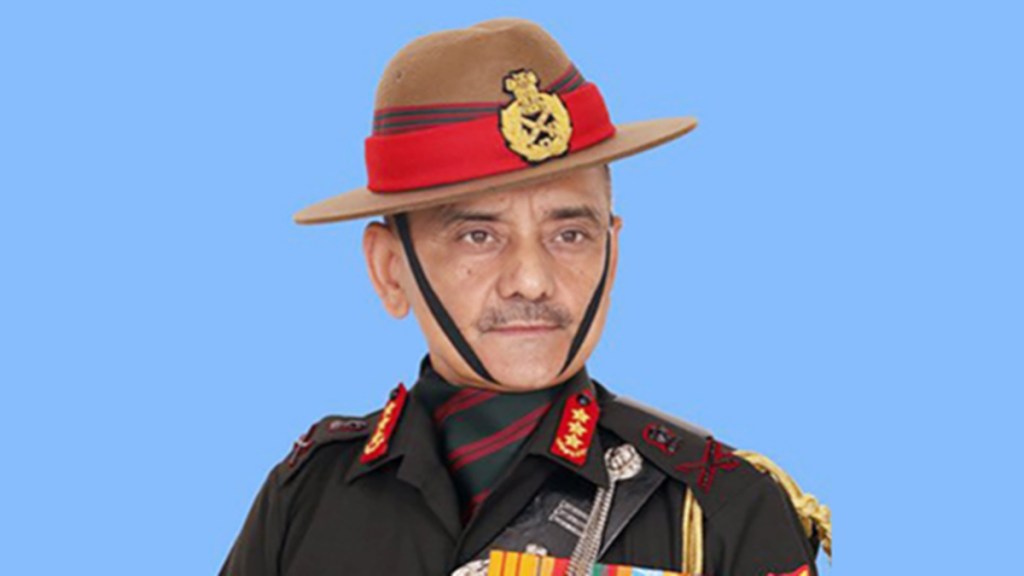The late Chief of Defence Staff (CDS) Gen Bipin Rawat had been tasked to restructure the Seventeen Commands of the Indian Defense Force, thereby bringing in more synergy, efficiency and cost-cutting in the duplication of efforts across the service headquarters.
After months of deliberation, the Indian Army, Navy, and Indian Air Force (IAF) have reportedly reached a consensus on the structure of proposed theatre commands.
Theatre commands, based on geographical boundaries, are being developed with the objective of enhancing coordination and achieving a unified military response in potential conflicts. The plan currently being formulated includes three theatre commands, two of which will be land-based, while one will be maritime-focused.
Also read: MoD signs a contract of Rs. 2725 Cr with MDL for Submarine INS Shankush
“The turf war, shortage of resources and the dilution of powers of the service chiefs, the reduction in the three-star appointments as Army Commanders and their equivalents in the other two services was a probable reason for acrimony,” Lt Col Manoj K Channan, Veteran, tells Financial Express Online.
According to him, the statements of the late CDS did not go well, particularly with the Indian Air Force when it was called a support service to the Indian Army. The current CDS Gen Anil Chauhan has kept himself away from the media and has quietly worked with the Service Chiefs to bring it to near fruition.
The Theatre Commanders would be four-star ranked officers, equivalent to the current service chiefs
To ensure effective leadership, it is anticipated that the three theatre commands will be headed by four-star officers, equivalent in rank to the service chiefs and the Chief of Defence Staff (CDS). Additionally, various joint commands for logistics, training, cyber and space, missiles, and intelligence will be led by three-star officers.
Sharing his views with Financial Express Online, Lt Col Channan says, “Undoubtedly, the new structure of theatre commands is better poised for taking on external and internal threats, with resource augmentation in the years ahead.”
Financial Express Online has reported earlier that the service headquarters have commenced with the posting of inter-service officers to select appointments as the first step towards jointness. At the same time, administrative issues are being addressed to ensure smooth functioning without glitches.
“What remains unanswered is the necessity of creating four-star ranks, as the Army Commanders as three-star ranks are responsible for conducting operations in their respective Areas of Responsibility (AoR),” the Indian Army veteran states.
Under this new structure, all theatre commanders will report directly to the CDS, with the service chiefs retaining responsibility for issues related to recruitment and sustainment. This arrangement aims to optimize resource utilization and promote jointness in military operations, aligning India with the practices of nations like the United States and China.
“In the guise of the creation, Theatre Commands have the defence services managed to replicate the Indian Police Services model of having a Director General Police and several Additional Director General Police in all kinds of appointments, thereby allowing the mediocre to be satisfied by the top rank achieved.”
Also read: India’s indigenously designed light combat aircraft makes its mark
While the tip of the pyramidal structure has been hived off to create a plateau, there needs to be a proposal to address the issues at the rank structure below the Flag Rank.
In his opinion Non-Functional Upgradation (NFU) proposal has been sanctioned for the Central Armed Police Forces. “It has been denied to the service officers because they are commissioned officers and not First-Class officers of the government of India. Likewise, Personnel below Officer Rank (PBOR) and their aspirations must be addressed.”
He urges the military leadership to address the issues holistically and ensure that there is no rancour in the rank and file of the services.
Background
Although it was initially projected that the theatre commands would be ready within three years, strong disagreements among the armed forces regarding the foundational structure caused delays. However, with the current progress, it is expected that the final shape of the theatre command structure will be formalized in the coming months.
Currently, India’s armed forces comprise 19 individual commands, with only two of them being tri-service commands: the Andaman and Nicobar Command (ANC) and the Strategic Forces Command, which oversees nuclear assets. The original plan sought to consolidate these numerous service commands into five theatres and functional commands: the Northern Land Theatre, Western Land Theatre, Eastern Land Theatre, Maritime Theatre Command, and Air Defence Command.
With final formalization and approval expected soon, the implementation of theatre commands promises enhanced coordination and effectiveness in India’s defense operations.
